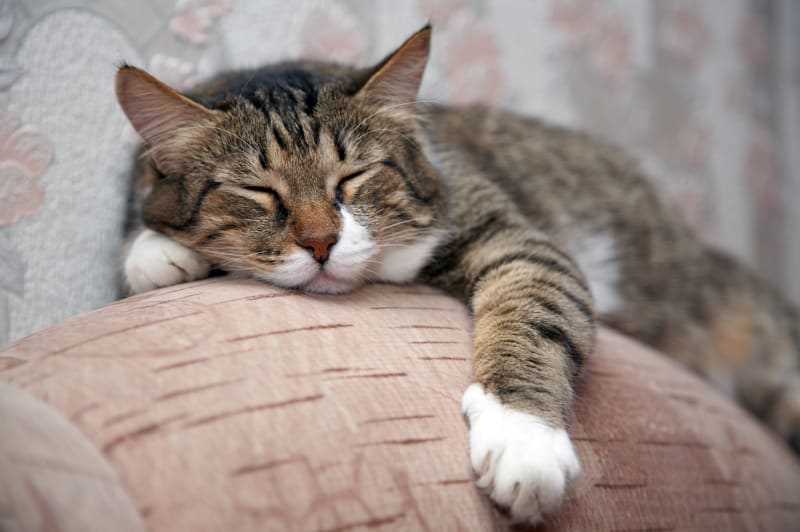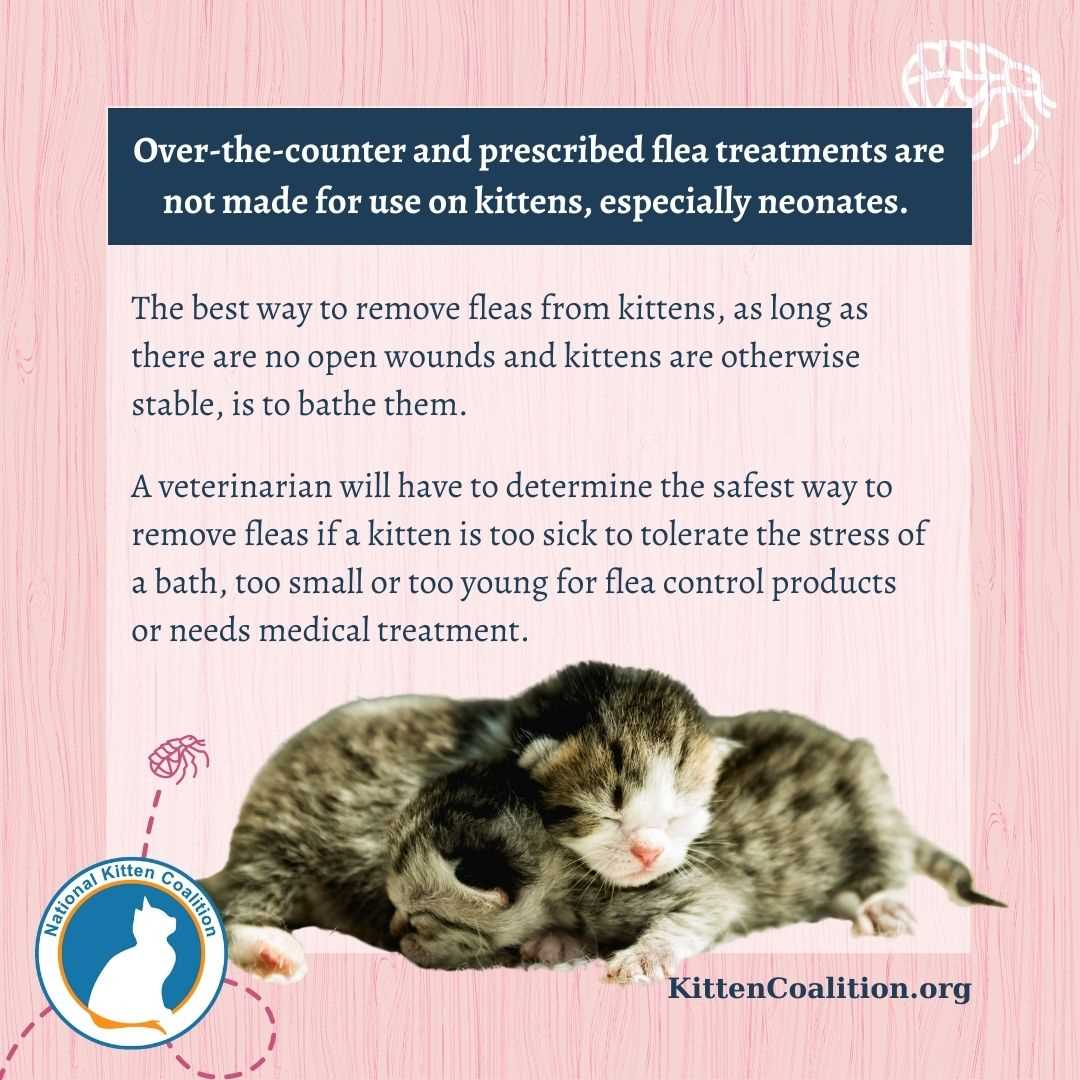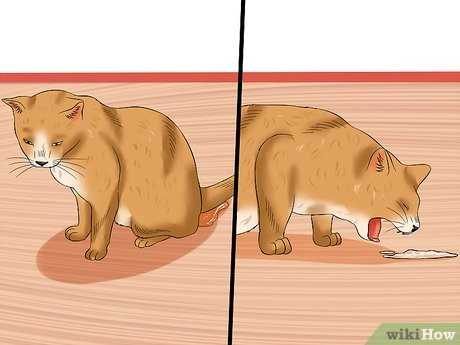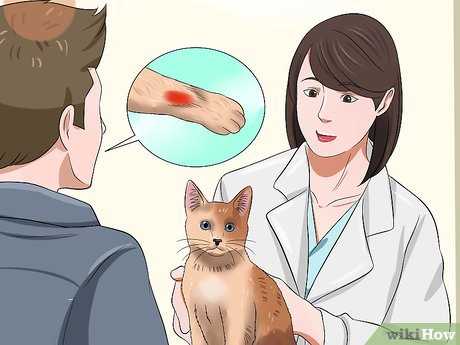Consult your veterinarian immediately if you notice signs of fatigue or weakness in your furry friend. Blood tests will provide critical insights into the underlying issues affecting their health. Based on the results, your vet may recommend specific dietary changes or supplements to enhance iron levels.
Incorporate high-quality protein sources into their meals, such as chicken or turkey, to boost hemoglobin production. Iron-rich foods like liver can significantly improve their condition, so consider adding small amounts to their diet. Always ensure that any new food is introduced gradually to prevent digestive upset.
Regular monitoring is key. Schedule follow-up appointments to assess your pet’s progress and adjust their treatment plan accordingly. If your companion requires injections or oral supplements, make sure you adhere to the prescribed schedule for optimal results.
Treatment Tips for Cats Lacking Red Blood Cells
Start with a visit to the veterinarian for a precise diagnosis and tailored recommendations. Blood tests will clarify the underlying cause of the low red blood cell count.
Dietary adjustments are crucial. Incorporate high-quality protein sources like chicken, turkey, or fish. Iron-rich foods, such as liver, can significantly improve hemoglobin levels.
Consider supplements. Iron and vitamin B12 can aid in boosting red blood cell production. Always consult with your vet before adding any supplements to ensure safety and proper dosage.
Monitor hydration closely. Dehydration can exacerbate issues, so ensure a constant supply of fresh water. Wet food can also help maintain fluid intake.
Address any underlying conditions. If parasites are present, treatment should be initiated immediately. Medications may be required to tackle infections or other health concerns.
Provide a low-stress environment. Reducing anxiety can positively influence overall health. Create a cozy space for rest and relaxation.
Regular follow-ups with the vet are essential to track progress and make necessary adjustments to the care plan. This ensures your furry friend is on the right path to recovery.
Identifying Symptoms of Anemia in Cats
Watch for these signs that indicate a lack of red blood cells in felines:
- Unusual lethargy or decreased energy levels.
- Pale gums and tongue; a healthy mouth should be pink.
- Rapid breathing or heart rate, even at rest.
- Loss of appetite leading to weight loss.
- Weakness or difficulty in performing normal activities.
- Cold extremities, such as paws and ears.
- Possible jaundice, noted by yellowing of the skin and eyes.
Behavioral Changes
Look for alterations in behavior, such as:
- Increased hiding or withdrawal from social interactions.
- Reduced interest in playing or grooming.
- Excessive vocalization or signs of discomfort.
Monitoring these symptoms closely is crucial for early intervention and support. If you notice any of these indications, consult a veterinarian promptly for proper evaluation and guidance.
Consulting with a Veterinarian for Diagnosis

Visit a veterinarian immediately if you suspect your furry friend is suffering from low red blood cell levels. Early diagnosis is key to addressing underlying issues. Here’s what I recommend:
- Schedule an appointment for a complete blood count (CBC) test. This will reveal the number of red blood cells and help identify the cause of the problem.
- Discuss any recent changes in behavior, appetite, or energy levels. These observations can aid the vet in forming an accurate diagnosis.
- Provide a detailed history, including any known medical conditions, medications, or dietary changes. This information is crucial for the veterinarian.
- Ask about additional tests, such as biochemical profiles or parasite screenings, which can help rule out other health issues.
Be prepared for follow-up visits. Sometimes, monitoring progress through repeat blood tests is necessary. Always keep an open line of communication with your vet to track any changes in your companion’s health.
Understanding the Causes of Anemia in Cats
It’s crucial to recognize the underlying factors leading to reduced red blood cell counts. Common causes include nutritional deficiencies, parasites, autoimmune diseases, chronic kidney disease, and exposure to toxins. Each of these can significantly impact a feline’s health and well-being.
Nutritional Deficiencies
A lack of essential nutrients, particularly iron, vitamin B12, and folate, can result in decreased hemoglobin production. Ensure your diet is balanced and rich in these vital components. If you notice any signs of fatigue or weakness, it might be time to reassess your nutrition.
Parasites and Infections
External parasites like fleas and internal ones such as worms can lead to blood loss and subsequent anemia. Regular deworming and flea prevention are necessary to keep these pests at bay. Additionally, certain infections can also rob the body of red blood cells, warranting immediate attention.
| Cause | Description |
|---|---|
| Nutritional Deficiencies | Lack of iron, B12, or folate |
| Parasites | Fleas, ticks, worms |
| Autoimmune Diseases | Body attacks its own red blood cells |
| Chronic Kidney Disease | Kidneys fail to produce erythropoietin |
| Toxins | Exposure to harmful substances |
Be vigilant about your health. If you notice any unusual behavior or symptoms, consult a veterinarian quickly. Keeping your coat groomed with a cat brush for long hair cats is also essential for overall well-being. Regular grooming helps keep an eye on your skin and coat health, which is another indicator of your overall condition.
Dietary Changes to Improve Feline Health
Switching to a high-quality, protein-rich diet can significantly enhance my well-being. Look for options that list real meat as the first ingredient. Chicken, turkey, or fish are excellent choices. Avoid fillers like corn or soy that provide little nutritional value.
Incorporating iron-rich foods is crucial. Organ meats, such as liver, are packed with nutrients essential for overall vitality. Offering a small amount as a treat can be beneficial, but ensure it’s not the mainstay of my meals.
Adding a variety of vegetables can provide necessary vitamins and minerals. Cooked carrots and spinach can be mixed into my food for added nutrition. However, make sure they are safe for feline consumption.
Hydration plays a critical role in maintaining my health. Always provide fresh water and consider incorporating wet food into my diet. This not only aids in hydration but also adds diversity to my meals.
Consulting with a veterinary nutritionist can help tailor my diet based on specific needs. They can recommend supplements if my diet lacks certain nutrients, ensuring I receive a balanced intake.
Regularly monitoring my weight and body condition is essential. Adjusting portions based on my activity level and health status will help maintain optimal health.
Medications and Treatments for Anemia

Iron supplements are often recommended to boost hemoglobin levels in my fellow felines. Ferrous sulfate is a common choice, but veterinary guidance is essential for proper dosage based on weight and specific needs. These can support the production of red blood cells effectively.
Injectable Options

In cases of severe deficiency, vitamin B12 injections may be necessary to enhance red blood cell synthesis. This method ensures immediate absorption, especially if gastrointestinal absorption issues exist. Regular follow-ups with a vet will help monitor progress.
Specialized Diets and Medications
Some veterinarians may prescribe medications like erythropoietin, stimulating red blood cell production directly. Additionally, a diet rich in proteins is critical for overall recovery. For more information on protein synthesis, check out where are proteins manufactured in a cell.
Always remember, proper veterinary supervision is key to selecting the right course of action for optimal health recovery.
Monitoring Recovery and Ongoing Care

Regular check-ups with the veterinarian are crucial for tracking my progress. They can assess my blood levels and overall health to determine if the current strategy is working. I suggest scheduling these visits every few weeks initially, then adjusting based on the vet’s recommendations.
Pay attention to my appetite and energy levels. If I start eating less or seem lethargic, it’s important to report this to my human. They should keep a close eye on my behavior; any sudden changes can indicate that my condition might be worsening.
Hydration plays a key role in my recovery. Fresh water should always be available, and my human can encourage me to drink more by adding water to my food or offering ice cubes as a treat.
Maintaining a stress-free environment is essential. My human should create a calm atmosphere, minimizing loud noises and sudden changes in routine. This helps keep my spirits up and supports my healing process.
Regular grooming is beneficial, too. It not only helps with my appearance but also allows my human to check for any unusual signs like pallor in my gums or changes in my coat texture, which may signal a need for veterinary attention.
Lastly, sticking to the dietary plan is important. My human should monitor my food intake and ensure I’m getting the necessary nutrients to support my recovery. Any new food should be introduced gradually to avoid upsetting my stomach.
FAQ:
What are the common symptoms of anemia in cats?
Anemia in cats can manifest through various symptoms. Common signs include lethargy, weakness, pale gums, loss of appetite, and increased heart rate. Some cats may also exhibit rapid breathing or a decrease in activity level. It’s important to observe your cat’s behavior closely, as these symptoms can indicate other health issues as well. If you notice any of these signs, seeking veterinary advice is crucial for a proper diagnosis and treatment plan.
How is anemia diagnosed in cats?
To diagnose anemia in cats, veterinarians typically perform a physical examination followed by blood tests. A complete blood count (CBC) is essential to assess the levels of red blood cells, hemoglobin, and hematocrit. The vet may also conduct additional tests to determine the cause of anemia, such as checking for underlying conditions like parasites, kidney disease, or immune disorders. A thorough diagnosis helps in developing an appropriate treatment strategy tailored to the cat’s specific needs.
What treatment options are available for anemic cats?
Treatment for anemia in cats depends on the underlying cause. If the anemia is due to a deficiency, dietary changes or supplements may be recommended. In cases of blood loss, addressing the source of bleeding is essential. Blood transfusions might be necessary in severe cases to stabilize the cat’s condition. Additionally, medications can be prescribed to stimulate red blood cell production or to treat any underlying infections. Regular follow-ups with the veterinarian will help monitor the cat’s progress and adjust treatment as needed.






